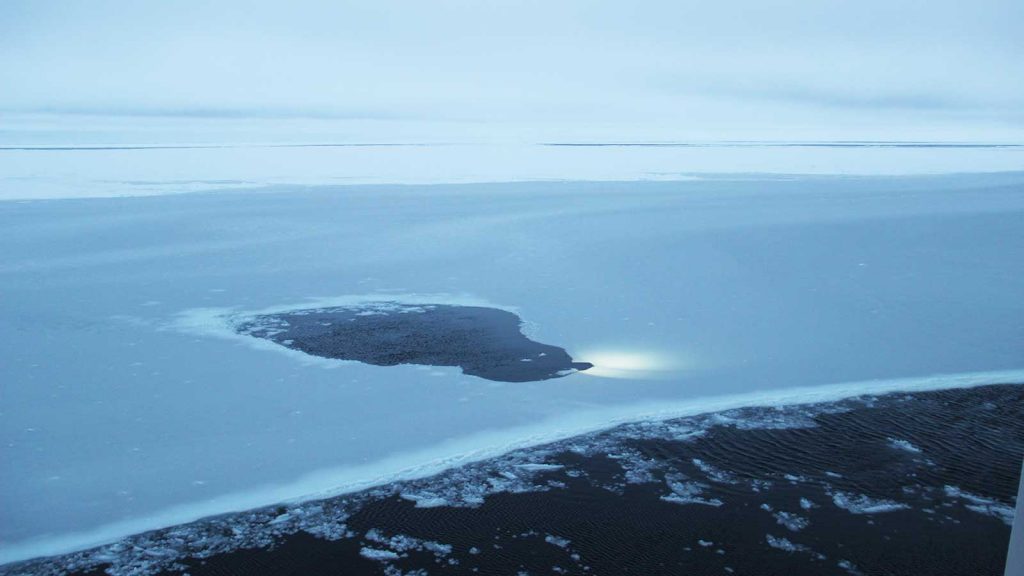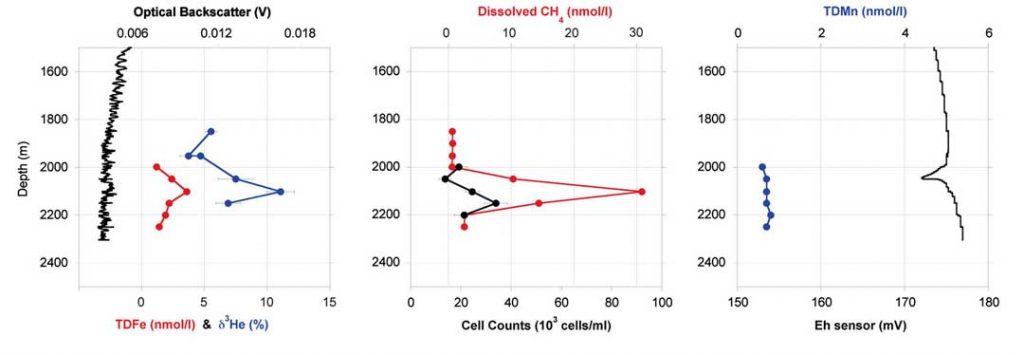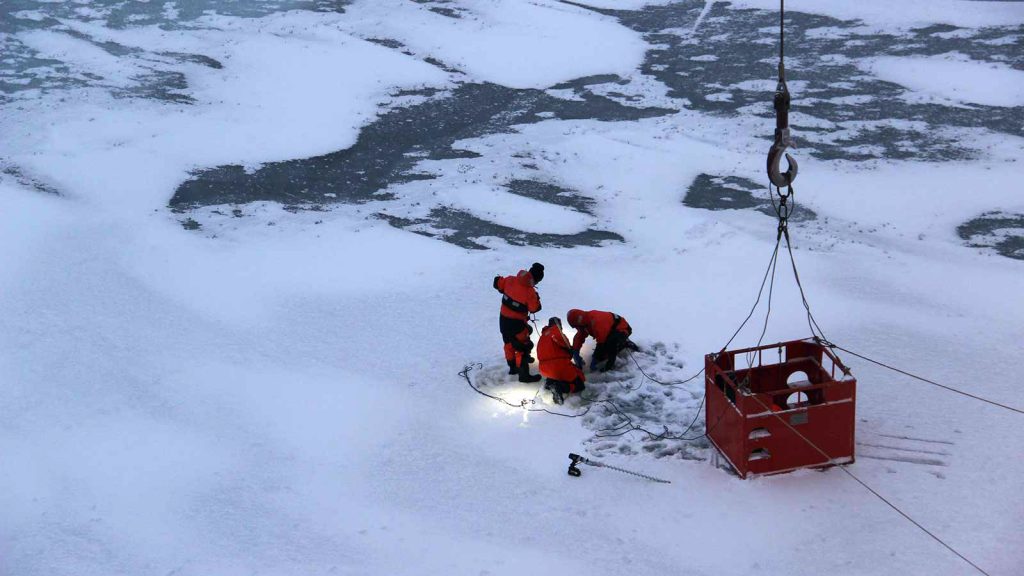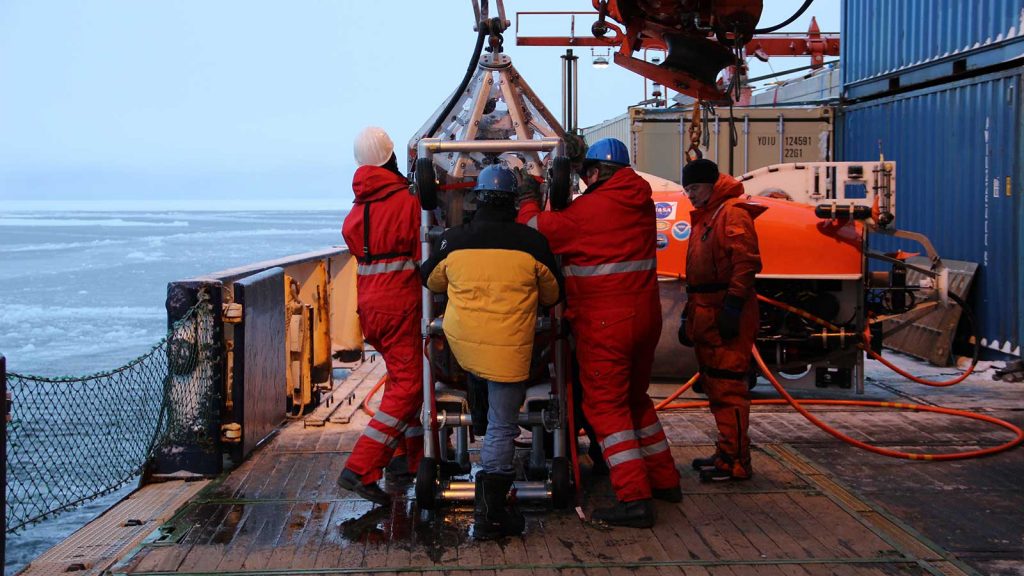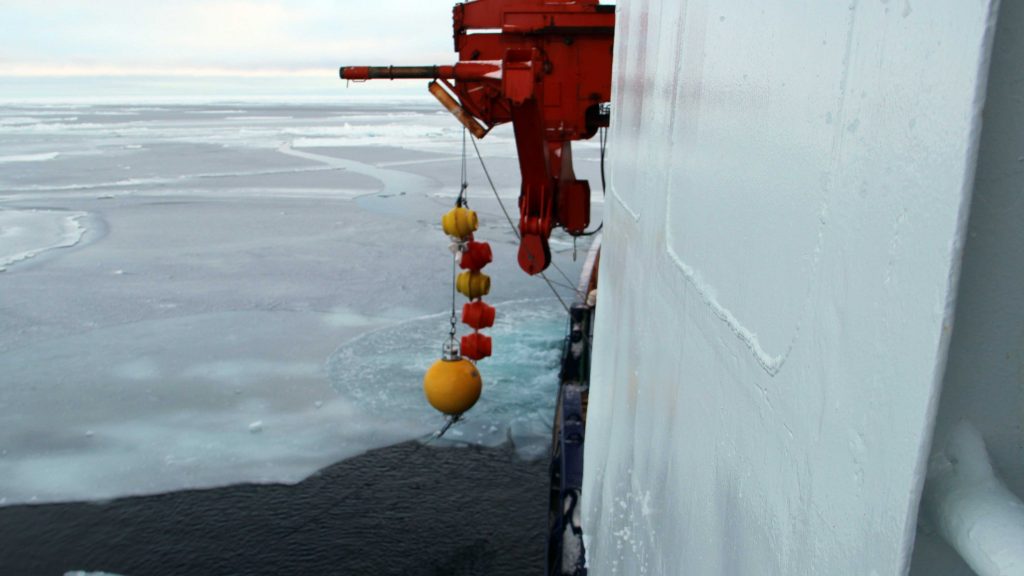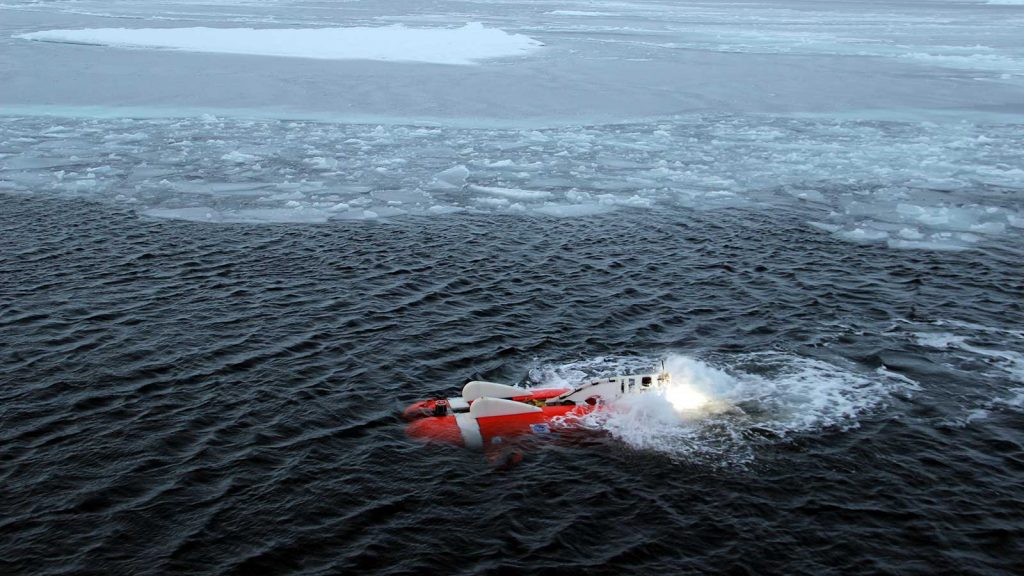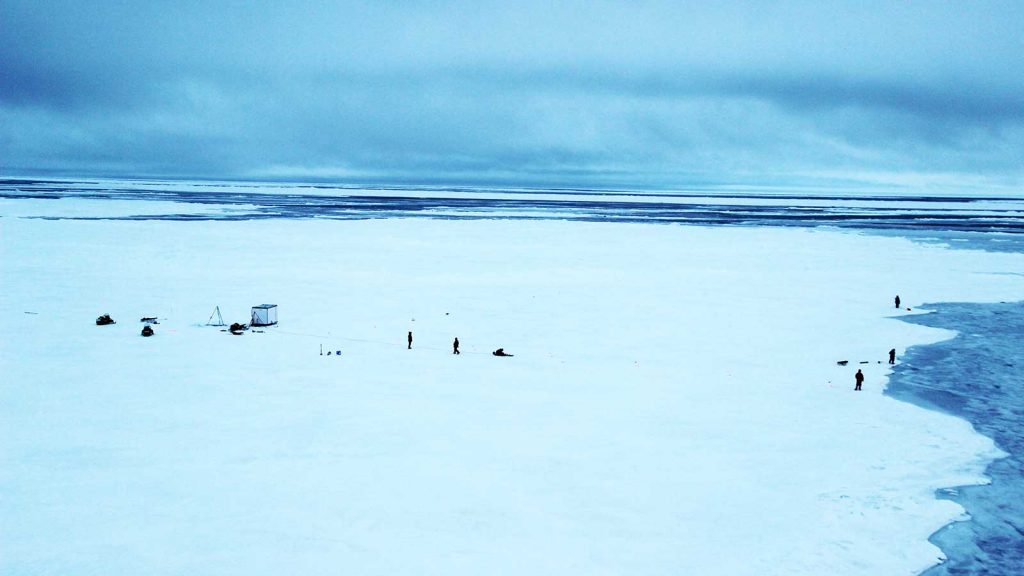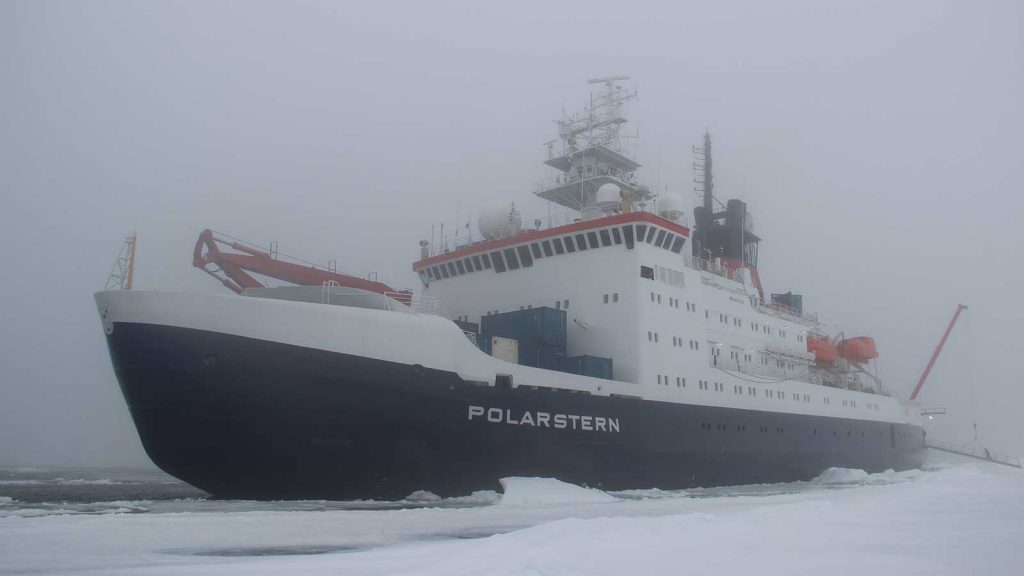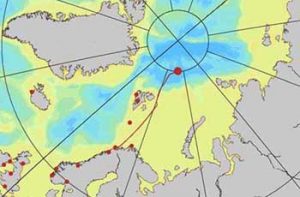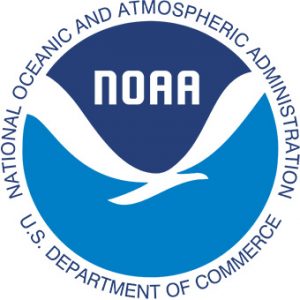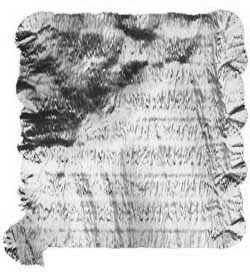
A low-resolution version of our high-resolution map of the seafloor where we want NUI to take a closer look. (image by the NUI engineering team)
Today (Thursday) was a day to pause and breathe.
I slept REALLY well last night, and today we headed back to the seafloor with the OFOS deep-tow camera system in search of our elusive deep-ocean vent site. While I was busy with that, the NUI engineering team were busy preparing the vehicle for its next dive, which I negotiated to occur on Friday 9/30 rather than Thursday, so that the team has time to add some new tricks to the vehicle’s capabilities.

